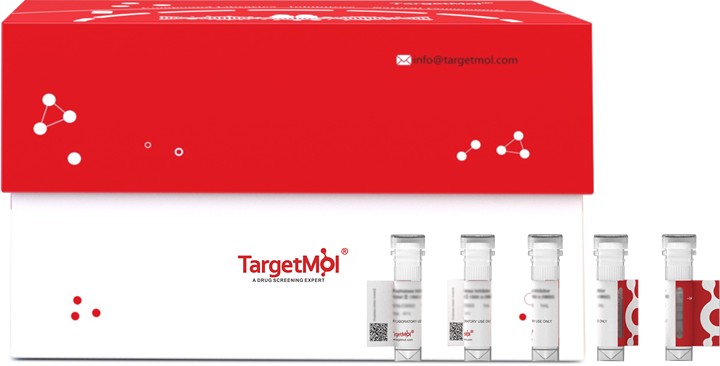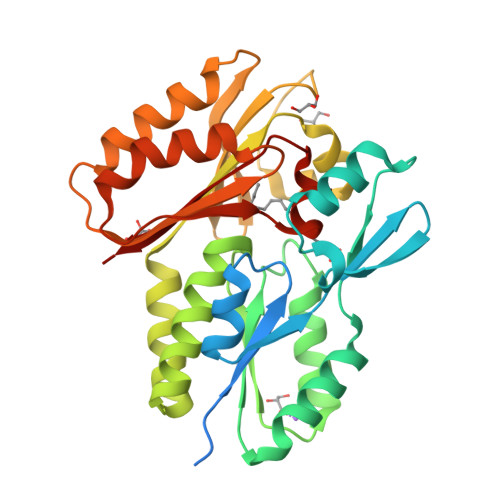抑制剂&激动剂
血管生成
凋亡
自噬
细胞周期
表观遗传
细胞骨架
DNA损伤和修复
内分泌与激素
G蛋白偶联受体
免疫与炎症
JAK/STAT信号通路
MAPK信号通路
离子通道
代谢
微生物学
神经科学
化合物库
活性化合物库
• 通用已知活性库
• 上市状态分类
• 疾病类型分类
• 通路靶点分类
天然产物库
• 高通量筛选天然产物库
• 特色天然产物库
• 天然产物衍生物库
Fragment片段库
• 通用片段库
• 特色片段库
类药性化合物库
• 多样性核心库Part2
• 多样性核心库Part1
化合物库深度定制







 沪公网安备 31010602006700号
沪公网安备 31010602006700号
